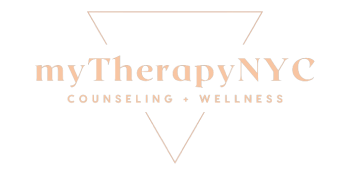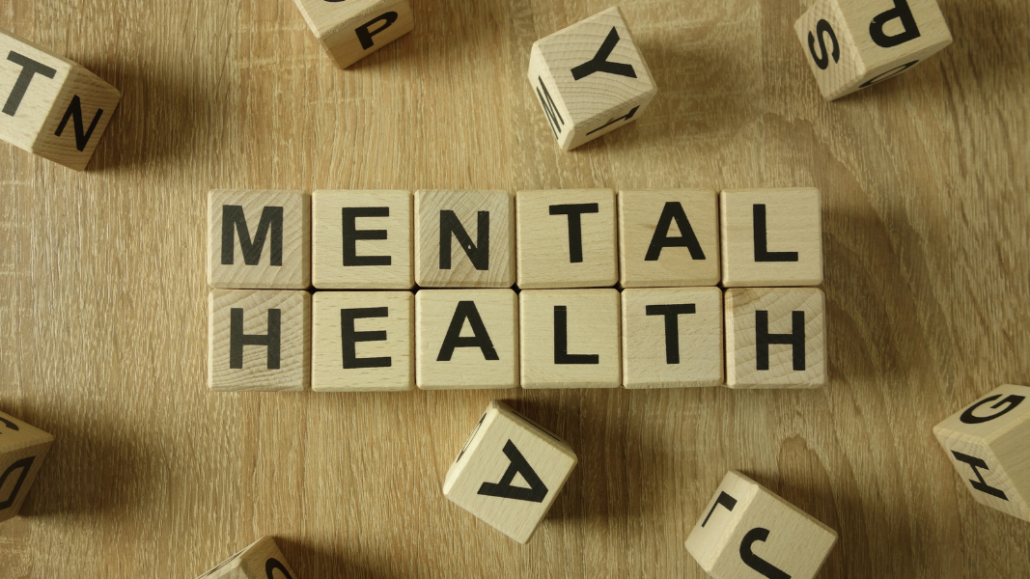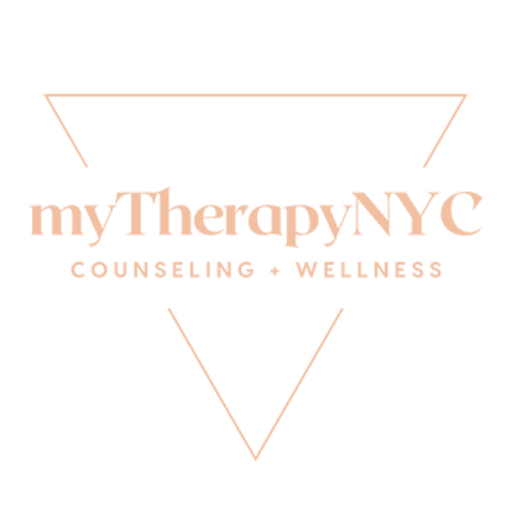LGBTQ+ Mental Health Risks
Today, members of the queer community face a mental illness risk 2.5 times higher than their straight counterparts. This staggering statistic underscores the need to prioritize and provide services for LGBTQ+ mental health. The LGBTQ+ community faces significant cultural challenges, notably the controversy or offense surrounding the mere existence of some of its members.
A study linked to bill H.R 418, supporting queer rights, reveals an even more staggering connection between mental illness and queer youth. For queer-identifying individuals under the age of 18, the risk of depression leading to suicide goes up 4 times. Additionally, 83% of LGBTQ+ high school students report developing a mental illness due to harassment or assault based on sexual orientation and gender identity. These LGBTQ+ mental health statistics frame this connection as a staggering social justice issue. This post will explore some of the risk factors, barriers, solutions, and resources surrounding mental wellness in the queer community.
Risk Factors - The Connection Between Mental Illness and the LGBTQ+ Community
According to LGBTQ+ mental health guides, various risk factors disproportionately cause queer people to need extra support in promoting mental wellness. This is, in part, due to the unique issues they face. These risk factors make investing in LGBTQ+ mental health services all the more essential as a community.
One significant risk factor is the ongoing need for queer individuals to “come out” throughout their lives. This perpetual process can be emotionally taxing. If you live your life as a 40-something, out-and-proud gay man and make a change like relocating, you now may find yourself having to come out to a whole new group of people. This can weigh heavily on someone because, for many, the coming out process can be particularly difficult.
The developmental stage for a queer teen has many risk factors. Not everyone lives in an accepting environment or has an accepting family. Today, 86% of queer teens report being harassed because of their identity, and less than 37% say their home is LGBTQ+ accepting.
Additionally, many experiences in life can feel traumatic, such as a coworker inviting you to a church to participate in a religion that once made you feel shame. Unfortunately, triggers like this happen far too often and reappear as we age. This makes having a support system and prioritizing LGBTQ+ mental health crucial.
What prevents members of the LGBTQ+ community from seeking help?
When it comes to LGBTQ+ individuals seeking help when struggling mentally, a few things commonly stand in the way. In many communities, a great amount of shame can come with living as a public queer individual. Conservative parts of the country are often not equipped with resources or providers well-versed in queer issues. Because of this, when LGBTQ+ people seek help with something related to their queer community, they may not be accepted or affirmed.
Read more about gay shame here.
According to the National Alliance on Mental Illness, LGBTQ+ adults are more than twice as likely to suffer from a substance use disorder than their straight counterparts due to the trauma they face. As a result, a series of dominos fall, making getting help difficult. Getting caught up in substance addiction raises the risk of homelessness due to unemployment. Further, many may then turn to self-harm and consider suicide due to the turmoil they are experiencing.
How can we curb this issue?
Accessible healthcare
The first way to encourage LGBTQ+ members to prioritize their mental health is to make healthcare itself more accessible. After 2010, the Equality Act passed, requiring providers to treat LGBTQ+ people fairly. Unfortunately, this does not always happen. One in eight queer invididuals reports unequal treatment due to their identity or gender expression in doctor’s offices.
Here are some tips for finding an inclusive provider: First, ask your queer friends who their providers are and if they like working with them. Next, call the office and ask if the doctor you are trying to see has a background treating the queer community. You can always ask this at the first appointment, but making a call first may save time. Check the provider’s website to see if they are affirming. Inclusive providers will typically note on their website “LGBTQ+ Affirming.”
Representation in the Media
From a nonmedical perspective, continuing to create and consume more queer representation in the media is crucial. The more members of the LGBTQ+ community see themselves represented, the less lonely they will feel. Something as simple as representation can have a massive impact on boosting morale in the community.
It is no secret that masculinity is idolized in society, and unfortunately, the queer community falls into this trap. In pursuit of this, many individuals fall prey to the unhealthy habit of associating weakness with the act of asking for help. It’s important to educate the LGBTQ+ community that seeking mental resources when struggling is quite the opposite of weakness.
Education
Another helpful step would be to include sections on mental health and LGBTQ+ sexual health during health education programs in schools. This would not only help make queer youth feel seen but also valued. Discussing how physical and mental health can be intertwined may also teach people to prioritize their mental health as much as their physical needs.
Social Support
Finally, having a support system is crucial to feeling safe and valid. Finding a network in the LGBTQ+ community gives space to share similar experiences and feel less alone. Having people to turn to during difficult times is the best way to build resiliency.
Where to turn if you need help now?
As far as someone reading this who needs help right now, here are some resources to explore. The Trevor Project and Human Rights Campaign websites both have vast amounts of information on resources in different parts of the country and crisis hotlines. The Trevor Project has a page with a link to a mental health practitioner directory that provides direct numbers to queer mental health advocates in different areas. The Human Rights Campaign has phone numbers under their resources tab that connect people to experts on a wide variety of topics, such as transgender issues and queer youth challenges.
Other resources that can be reached by a brief Google search include the SAGE National LGBT Elder Hotline, the National Center for Transgender Equality, the LGBT National Help Center, and the American Psychology Association.
Prioritize LGBTQ+ Mental Wellness
It’s no secret that many hurdles stand in the way for LGBTQ+ people as they navigate their own mental wellness. The more awareness brought to the risk factors facing the queer community, the better they can be addressed. Things like shame and inequality in health care systems can prohibit a person from taking charge of their mental health. As we work to remove the stigma around seeking help, one great step involves investigating investment into your mental well-being. The resources discussed above are intended to be a jumping-off point.
Are you interested in exploring mental wellness? Reach out to myTherapyNYC to find out which of our therapists would be a good fit for you!
Are there any other resources you know of to better LGBTQ+ mental wellness not yet discussed? Join in on the conversation in the comments below!
- Take PRIDE in Your Mental Health: LGBTQ+ Mental Health and Wellness - December 14, 2023






3 comments
Definitely some new, helpful information here, as well as reminders about what some of the struggles LGBTQ+ folks face. Thanks for helping me become a better informed ally.
Austin,
Thank you for sharing your insights on this blog. What you shared regarding education and media representation(in particular) is so valuable and true. Thank you!
Thank you, I have just been searching for information approximately this topic for a while and yours is the best I have found out so far. However, what in regards to the bottom line? Are you certain concerning the supply?